As an employer, you may feel like you’re facing an impossible battle with inflation, rising cost of living, and wage compression. It’s becoming more challenging to keep up with the changing compensation market and know what it looks like.
Many factors play a part in this:
Inflation
Historically, inflation has not been a factor in setting compensation budgets. Rising prices do not typically drive pay-increase decisions unless sustained inflation becomes a regular part of the economy. This is because inflation rates in the United States between 2010 – 2019 were moderate, averaging about 1.75%. Over the past four years, the U.S. has seen unprecedented increases. According to BLS, 2021 saw 6.2% inflation, 6.5% in 2022, and 2023 is projected to close out the year at around 3.5%.
Typical annual increases for organizations are around 4%, yet the typical increase for switching companies is 20%. As a result, many employees are actively seeking or open to considering a new higher-pay opportunity. Couple that with all the available tools for recruiters to source and find passive candidates, it’s an uphill battle. Gone are the days when someone needed to be actively looking for employment.
Living Wage/Cost of Living
Living wage is determined as the earned wage needed to afford the cost of goods and services. Different than market, which measures what employers are paying for a position. Living wage assesses what it costs us day to day.
With the current market landscape, organizations must rely on something other than an incredible workplace culture to keep their employees, especially when many are faced with whether they can afford the current cost of living.
“The why behind why we have to get this right is because our employees cannot afford a lot of goods and services in today’s market.” – Jackie Esposito, Catapult Compensation Advisor & Business Partner
Many employees struggle with the high cost of living. Elements that contribute to a Living Wage are food, childcare, medical expenses, housing, transportation, civic, and taxes. With rising inflation, Living Wage and what we need to make to afford these goods and services increase. For example, a single working parent in North Carolina with two children must earn close to $50/hr.
Fun fact: Did you know that the average U.S. dog owner spends about $28,800 on one dog over the pet’s lifetime (MarketWatch, 2023)?
Low Unemployment
In times of low unemployment, we are competing for the same talent. According to the Bureau of Labor Statistics, the current state of labor in 2023 shows signs of growth, with employment rising monthly for all industries. Unemployment has continued to drop and is now around 3.4%, around the pre-pandemic rate. In 2019, we saw 3.6% unemployment; at the beginning of the pandemic, this increased to 8% in 2020, 5.4% in 2021 and then started to decline to 3.7% in 2022.
The interesting part to consider is this: The labor force participation rate is 62% (% of people in the U.S. (16 and above) who are actively working or looking for work). The employment-population rate is 60% (% of employed individuals out of the total population). This is significant because while we have seen growth each month of 2023, the participation and population rates are still below the pre-pandemic rate. So that means while the market is showing fewer available jobs, lower unemployment, and job loss, the availability of workers is still below where we were before the pandemic, resulting in a tight and competitive labor market.
Pay Equity & Wage Compression
Pay equity refers to compensating employees the same when they perform the same or similar job duties. Most inequity in pay is not conscious or intentional. As the labor market rises, new employees often are hired at a similar or higher rate than current employees. Equity then becomes off balance and creates wage compression. Unfortunately, this is a current state post COVID and a challenge for many organizations. Wage compression occurs when the pay of one or more employees is very close to that of more experienced employees in the same job. Therefore, wage compression typically impacts the most tenured employees.
An equity review is recommended at least once a year. When a new employee is being hired, evaluating all salaries for incumbents with the same position is highly encouraged to ensure the offer is equitable. If the offer is not equitable, change the offer or fix your internal folks first before bringing in someone who will create inequity. Bringing in someone you know is not in line, is conscious inequity, and could be considered discrimination.
When determining equity, it’s important to consider seniority, total years of experience, skills, education, certifications, and role complexity. Then, position your employees accordingly along the pay range. Ranges can be broken into quartiles for a specific hiring and promotional range.
“To avoid pay compression, you should conduct a financial analysis looking at every individual with that particular title, as well as the positions below and above, with additional factors such as education and experience, to then make an equitable offer.” – Jackie Esposito, Catapult Compensation Advisor & Business Partner
Tip: Changing the offer or internal compensation structure before you bring someone on helps prevent wage compression.
Overall, the key is being able to look at your data and build your compensation philosophy. Hiring, rates, and promotion decisions are much easier once you get your foundations and controls in place.
Where to Start
1. Compensation Philosophy
Organizations should know how they want to pay relative to their competitors and have a compensation philosophy outlining these pay practices. This philosophy explains the “why” behind employee pay and creates a framework for consistent, equitable pay practices, decreasing the potential for bias and discrimination.
As an organization, you need to determine if you are going to be:
- Lagging, behind the market on pay, near the minimum of market
- Matching, at market, at the mid-point
- Leading, near the maximum market pay
Based on the 2023 Catapult Wage and Salary report, 62.8% of reporting organizations pay at the midpoint of market rate with 10% above market. Before COVID, many organizations were hiring between the minimum and midpoint of the range, and now, post-COVID, the mid-point and above seem to be the standard.
A clearly defined intentional compensation philosophy is the foundation of an organization’s compensation program. It assists in guiding consistent decisions related to compensation and total rewards. Compensation philosophies are linked to the business strategy and are essential to meeting those expectations. They ensure a solid program is in place for equitable pay practices. These programs provide clarity and visibility into all employee compensation decisions and are a leading factor in driving performance, retention, increasing employee engagement, recruitment, and internal pay equity. Compensation philosophies decrease the potential for inequitable pay practices, unconscious bias, and harassment.
Once organizations determine their competitiveness towards the market, pricing your positions and understanding your market is essential. To truly stay proactive and on top of this fast-changing market, quarterly pricing is recommended, BUT the reality is that organizations probably price their positions annually. I recommend looking at your schedule for pricing and at a minimum price yearly AND with any new hires.
It is important to remember that market pricing is always behind the cost of living because companies cannot sustain these drastic increases in wages and salaries every year. While the idea of always being a step behind is intimidating, there are efforts you can make to start minimizing the gap.
2. Update Your Job Descriptions
Even if you don’t have the budget to begin a compensation study this year, there are things you can start doing yourself that can make a huge difference. Ensuring your job descriptions are up to date is the crucial first step.
Tip: Don’t start from scratch – Catapult members can access job description tools in the HR Portal and Payscale Peer.
3. Go Data Diving
Data informs all decisions, especially regarding compensation. Industry best practices are to use at least three sources for data collection and then average the data you pull from each source to give you the most accurate market pricing.
Catapult offers two phenomenal sources for compensation data to members:
- Annual Wage and Salary Survey
- Discover how other members are pricing their positions to market.
- Payscale Peer
- Offers a robust platform for members to search for specific positions, compensation ranges, job summaries, education, and experience required. Don’t reinvent the wheel; see what the market is saying!
Learn more about these benefits here.
Tip: Be sure to account for the market changing. If a survey or source was published a few months ago, you can add .25% for each month until the present.
4. Excel is Your Best Friend
Compiling the data you find into an Excel sheet is a great way to keep track of your findings. It is also an excellent way to start identifying positions needing compensation adjustments.
Need help with templates? Reach out to Jackie today!
Stay Confidently Competitive with Catapult Compensation Solutions
While compensation planning is not a one–time fix and is often a 3–5 year process, it is an investment worth making, especially when you can achieve sustainable growth and retention as an organization.
An organization’s successful compensation philosophy considers two factors: its employees and its business goals. Aligning the two can go a long way in improving your organization’s overall talent strategy, total rewards competitiveness, and more.
So, what do you want your compensation philosophy to say about your company? Connect with Catapult Compensation Advisor & Business Partner Jackie Esposito, and let’s create a plan that supports it!

